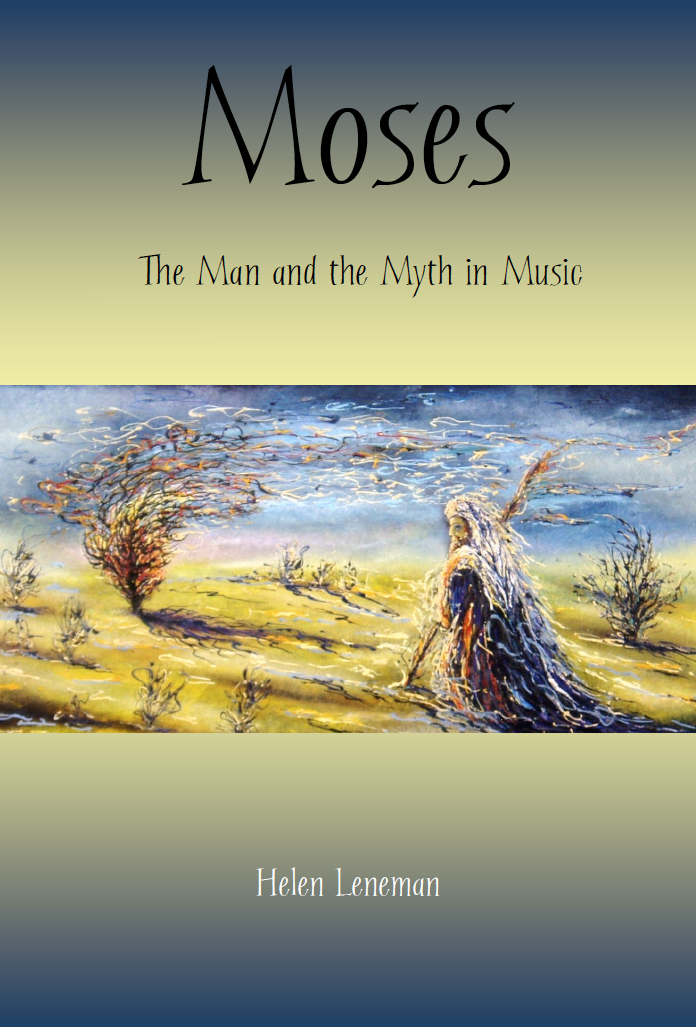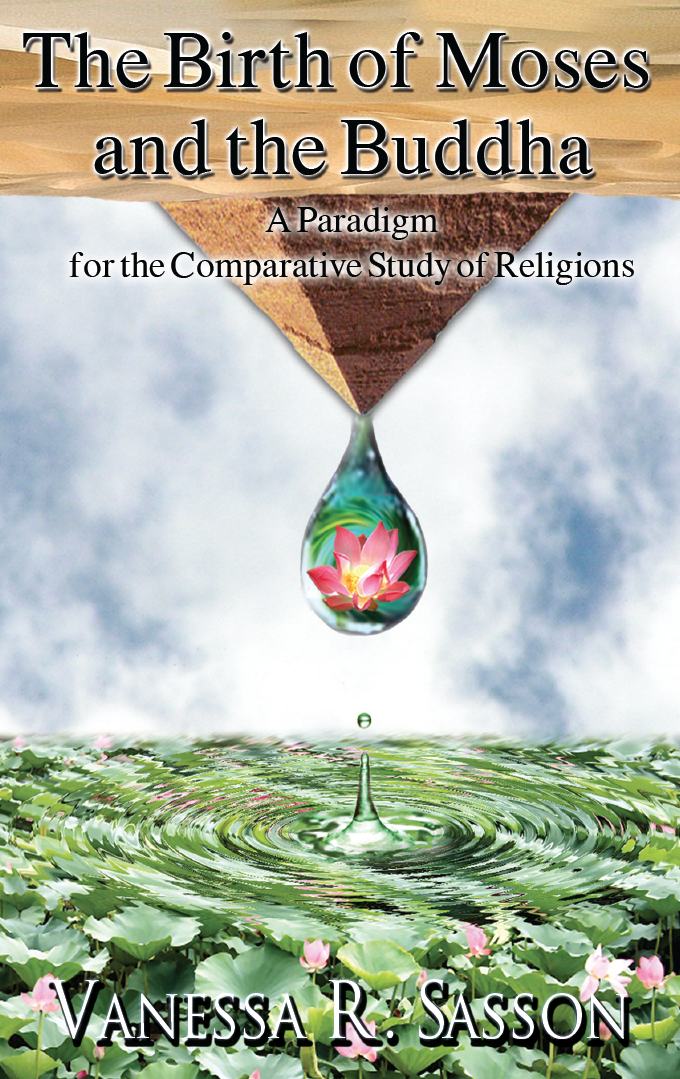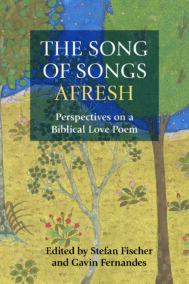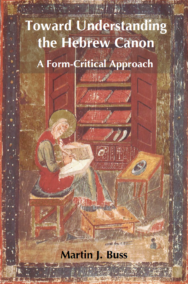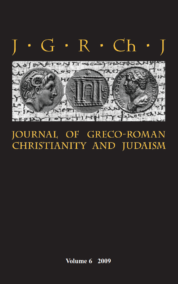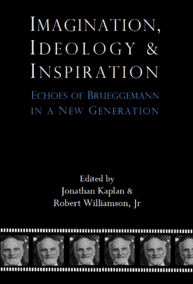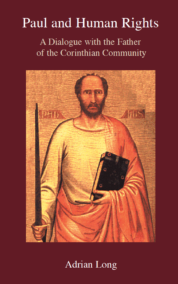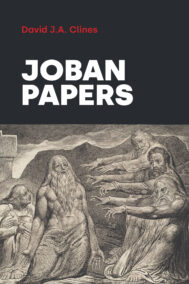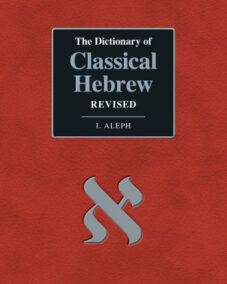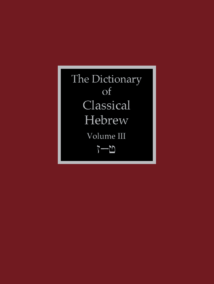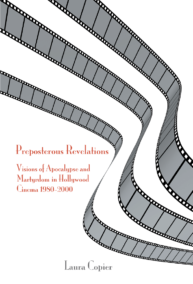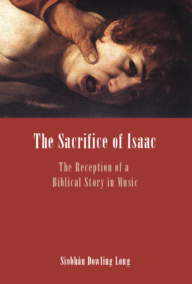Moses: The Man and the Myth in Music
Published: July 2014
£50.00
With this book, Leneman completes a trilogy on musical interpretations of biblical narratives. Her previous books were Love, Lust, and Lunacy: The Stories of Saul and David in Music (2010) and The Performed Bible: The Story of Ruth in Opera and Oratorio (2007).
Moses has often been thought of more as a myth than as a man. Later retellings of his story —particularly in operas and oratorios —demythologize him, portraying him and all the characters surrounding him on a more human scale. Moses the statue comes down from his pedestal and becomes a living man. For example, in the Bible the primary relationship of Moses is with God; secondarily it is with the people of Israel, rather than with individuals. In opera and the many oratorio settings the figure of Moses is enhanced by his representation as a man with many emotional ties —to Zipporah, Miriam or Aaron, or to all three.
Re-reading and re-telling biblical narratives through musical settings gives voice to often silent biblical characters, offering the reader and listener unexpected ways to hear and understand their story. In Moses: The Man and the Myth in Music, highlighting how Moses was richly imagined in oratorios and operas, Leneman discusses 16 operas and oratorios from the eighteenth to the twentieth century —including works by Handel, Rossini, Saint-Saëns, Massenet, Schoenberg and more obscure composers whose music has seldom or never been explored.
Through music, the listener can hear and also feel the suffering of the Israelites; the passion of Moses as leader, liberator, and even lover; the intensity of Miriam's vision and commitment; and the whole range of emotion experienced by every character that inhabits this story. The music and librettos not only fill in the spaces between the lines, but go beyond the margins of the biblical text to conjure up a multi-dimensional world.
Moses: The Man and the Myth in Music
£50.00
With this book, Leneman completes a trilogy on musical interpretations of biblical narratives. Her previous books were Love, Lust, and Lunacy: The Stories of Saul and David in Music (2010) and The Performed Bible: The Story of Ruth in Opera and Oratorio (2007).
Moses has often been thought of more as a myth than as a man. Later retellings of his story —particularly in operas and oratorios —demythologize him, portraying him and all the characters surrounding him on a more human scale. Moses the statue comes down from his pedestal and becomes a living man. For example, in the Bible the primary relationship of Moses is with God; secondarily it is with the people of Israel, rather than with individuals. In opera and the many oratorio settings the figure of Moses is enhanced by his representation as a man with many emotional ties —to Zipporah, Miriam or Aaron, or to all three.
Re-reading and re-telling biblical narratives through musical settings gives voice to often silent biblical characters, offering the reader and listener unexpected ways to hear and understand their story. In Moses: The Man and the Myth in Music, highlighting how Moses was richly imagined in oratorios and operas, Leneman discusses 16 operas and oratorios from the eighteenth to the twentieth century —including works by Handel, Rossini, Saint-Saëns, Massenet, Schoenberg and more obscure composers whose music has seldom or never been explored.
Through music, the listener can hear and also feel the suffering of the Israelites; the passion of Moses as leader, liberator, and even lover; the intensity of Miriam's vision and commitment; and the whole range of emotion experienced by every character that inhabits this story. The music and librettos not only fill in the spaces between the lines, but go beyond the margins of the biblical text to conjure up a multi-dimensional world.
The Other Face of God: ‘I Am That I Am’ Reconsidered
Published: Feb 2012
£75.00
‘I am that I am’ (Exodus 3.14) has been an exegetical puzzle to many generations of biblical scholars as well as theologians: is it about the present or the future, is it about God’s presence or his hiddenness? Den Hertog argues that such exegetical questions
have been framed too narrowly, and that this deeply suggestive statement about God needs to be set in a broader context.
Firstly, the statement must be understood within the narrative of Moses’ call as an answer to his problem: how can his being launched on a radically new, prophetic mission be reconciled with the features of the God of the patriarchs? This book
substantiates the view that the meaning of the statement is deliberately indefinite: ‘I may be who I may be’. In its context, it points to Yhwh’s other face, the possibility of his manifesting himself differently from the way he is thought to be.
Secondly, the after-history of this text should also be considered, since it has shaped our understanding in one way or another. This book pays particular attention to the renderings by the ancient and early modern versions (including the King James Version). The point of departure is the Septuagint rendering ‘I am the one being’, which has traditionally been associated with the Greek philosophical concept of absolute Being. This rendering, however, appears to have originally signified God’s active
presence: ‘I am the one who shows himself to be there’.
Thirdly, this fundamental theological statement invites further a psychoanalytic interpretation. Den Hertog adopts a Lacanian perspective, according to which ‘I am that I am’ represents an irruption of an ‘I’ from nowhere, from beyond usual thought and
expectation. In its context this means that in a situation of crisis a new orientation is born, one that undermines the pharaonic powers.
The Other Face of God: ‘I Am That I Am’ Reconsidered
£75.00
‘I am that I am’ (Exodus 3.14) has been an exegetical puzzle to many generations of biblical scholars as well as theologians: is it about the present or the future, is it about God’s presence or his hiddenness? Den Hertog argues that such exegetical questions
have been framed too narrowly, and that this deeply suggestive statement about God needs to be set in a broader context.
Firstly, the statement must be understood within the narrative of Moses’ call as an answer to his problem: how can his being launched on a radically new, prophetic mission be reconciled with the features of the God of the patriarchs? This book
substantiates the view that the meaning of the statement is deliberately indefinite: ‘I may be who I may be’. In its context, it points to Yhwh’s other face, the possibility of his manifesting himself differently from the way he is thought to be.
Secondly, the after-history of this text should also be considered, since it has shaped our understanding in one way or another. This book pays particular attention to the renderings by the ancient and early modern versions (including the King James Version). The point of departure is the Septuagint rendering ‘I am the one being’, which has traditionally been associated with the Greek philosophical concept of absolute Being. This rendering, however, appears to have originally signified God’s active
presence: ‘I am the one who shows himself to be there’.
Thirdly, this fundamental theological statement invites further a psychoanalytic interpretation. Den Hertog adopts a Lacanian perspective, according to which ‘I am that I am’ represents an irruption of an ‘I’ from nowhere, from beyond usual thought and
expectation. In its context this means that in a situation of crisis a new orientation is born, one that undermines the pharaonic powers.
Men and Masculinity in the Hebrew Bible and Beyond
Published: Nov 2010
£60.00
The study of masculinity in the Bible is increasingly becoming established as a field of critical inquiry in biblical gender studies. This book highlights a variety of methodological approaches that reveal the complex and multifaceted construction of masculinity in biblical and post-biblical literature. It focuses uniquely and explicitly on men and the world they inhabit, documenting changes in the type of men and masculinities deemed legitimate, or illegitimate, across various social and historical contexts of the ancient Near East. At the same time, it interrogates readers' assumptions about the writers' positioning of male bodies, sexuality and relationships in a gender order created to reflect men's interests, yet in need of constant reordering.
In this volume specific features of biblical masculinity are explored: the masculinity of less favoured sons in Genesis (Susan Haddox); the ideology of Temple masculinity in Chronicles (Roland Boer); the masculinity of Moses (Brian DiPalma); the performative nature of masculinity in the Sinai episode (David Clines); Deuteronomy's regimentation of masculinity (Mark George); Joshua's hegemonic masculinity in the Conquest Narrative (Ovidiu Creangă); Naaman's disability in relation to ideologies of masculinity (Cheryl Strimple and Ovidiu Creangă); Job's position as a man in charge in the Testament of Job (Maria Haralambakis); Priestly notions of sexuality in the covenant of the rainbow and circumcision in Genesis (Sandra Jacobs); Samson's masculinity in terms of male honour (Ela Lazarewicz-Wyrzykowska); the popular depiction of Jeremiah as a 'lamenting prophet' against the book of Jeremiah's male ideology (C.J. Patrick Davis); the gendered interaction of a Bible-study group with Daniel's dreams (Andrew Todd). Finally, David Clines and Stephen Moore offer closing critical reflections that situate the book's topics within a broader spectrum of issues in masculinity.
Men and Masculinity in the Hebrew Bible and Beyond
£60.00
The study of masculinity in the Bible is increasingly becoming established as a field of critical inquiry in biblical gender studies. This book highlights a variety of methodological approaches that reveal the complex and multifaceted construction of masculinity in biblical and post-biblical literature. It focuses uniquely and explicitly on men and the world they inhabit, documenting changes in the type of men and masculinities deemed legitimate, or illegitimate, across various social and historical contexts of the ancient Near East. At the same time, it interrogates readers' assumptions about the writers' positioning of male bodies, sexuality and relationships in a gender order created to reflect men's interests, yet in need of constant reordering.
In this volume specific features of biblical masculinity are explored: the masculinity of less favoured sons in Genesis (Susan Haddox); the ideology of Temple masculinity in Chronicles (Roland Boer); the masculinity of Moses (Brian DiPalma); the performative nature of masculinity in the Sinai episode (David Clines); Deuteronomy's regimentation of masculinity (Mark George); Joshua's hegemonic masculinity in the Conquest Narrative (Ovidiu Creangă); Naaman's disability in relation to ideologies of masculinity (Cheryl Strimple and Ovidiu Creangă); Job's position as a man in charge in the Testament of Job (Maria Haralambakis); Priestly notions of sexuality in the covenant of the rainbow and circumcision in Genesis (Sandra Jacobs); Samson's masculinity in terms of male honour (Ela Lazarewicz-Wyrzykowska); the popular depiction of Jeremiah as a 'lamenting prophet' against the book of Jeremiah's male ideology (C.J. Patrick Davis); the gendered interaction of a Bible-study group with Daniel's dreams (Andrew Todd). Finally, David Clines and Stephen Moore offer closing critical reflections that situate the book's topics within a broader spectrum of issues in masculinity.
The Birth of Moses and the Buddha: A Paradigm for the Comparative Study of Religions
Published: Aug 2007
£50.00
Responding to a recent upsurge of Jewish interest in Buddhism, Sasson undertakes the first serious academic effort to uncover the common ground between the founders of the two religions, Moses and the Buddha.
Because this is a study of traditions rather than a historical investigation, Sasson is able to synthesize various kinds of materials, from biblical and non-biblical, adn from early Pali and Sanskrit Buddhist sources. She notes the striking similarities between the life-patterns of the two leaders. Both were raised as princes and both eventually left their lavish upbringings only to discover something higher. Their mothers play prominent roles in the narratives of their births, while their fathers are often excluded from view. They were both born surrounded by light and embodying miraculous qualities.
But there are also some rather consequential differences, which allow these two colossal figures to maintain their uniqueness and significance. Moses was a man chosen for a particular mission by a higher power, a human being serving as the deity's tool. By contrast, the Buddha was a man whose mission was self-determined and actualized over time. Moses lived one life; the Buddha lived many. The Buddha became the symbol of human perfection; Moses was cherished by his tradition despite — or possibly because of — his personal failings. And although Moses is often presented as the founder of Israelite religion, the Buddha was simply following the blueprint outlined by the Buddhas before him.
The programme of this study goes further than to compare and contrast the two figures. Sasson argues that the comparative model she adopts can highlight doctrines and priorities of a religion that may otherwise remain hidden. In that way, the birth of Moses and the Buddha may serve as a paradigm for the comparative study of religions.
The Birth of Moses and the Buddha: A Paradigm for the Comparative Study of Religions
£50.00
Responding to a recent upsurge of Jewish interest in Buddhism, Sasson undertakes the first serious academic effort to uncover the common ground between the founders of the two religions, Moses and the Buddha.
Because this is a study of traditions rather than a historical investigation, Sasson is able to synthesize various kinds of materials, from biblical and non-biblical, adn from early Pali and Sanskrit Buddhist sources. She notes the striking similarities between the life-patterns of the two leaders. Both were raised as princes and both eventually left their lavish upbringings only to discover something higher. Their mothers play prominent roles in the narratives of their births, while their fathers are often excluded from view. They were both born surrounded by light and embodying miraculous qualities.
But there are also some rather consequential differences, which allow these two colossal figures to maintain their uniqueness and significance. Moses was a man chosen for a particular mission by a higher power, a human being serving as the deity's tool. By contrast, the Buddha was a man whose mission was self-determined and actualized over time. Moses lived one life; the Buddha lived many. The Buddha became the symbol of human perfection; Moses was cherished by his tradition despite — or possibly because of — his personal failings. And although Moses is often presented as the founder of Israelite religion, the Buddha was simply following the blueprint outlined by the Buddhas before him.
The programme of this study goes further than to compare and contrast the two figures. Sasson argues that the comparative model she adopts can highlight doctrines and priorities of a religion that may otherwise remain hidden. In that way, the birth of Moses and the Buddha may serve as a paradigm for the comparative study of religions.

